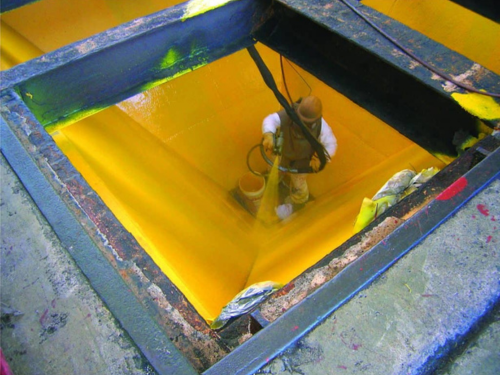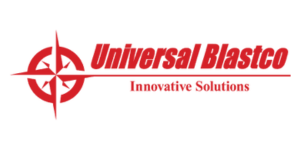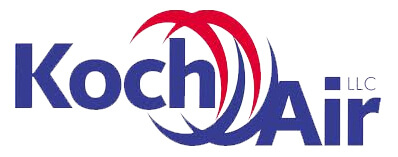Corrosion is a significant threat to industrial tanks. Because it compromises the structural integrity of the tank, corrosion can result in leaks and contamination, as well as costly repairs or replacements. Tank coatings and vessel linings act as a protective barrier between the tank’s surface areas and corrosive materials. This effectively prevents chemical reactions that cause rust and degradation.
When choosing a provider for tank coating and vessel lining services, look for a company that offers:
- Experience in your industry
- Range of materials to match various corrosion challenges
- Certifications demonstrating adherence to safety and quality standards
- Inspection and maintenance services to ensure long-term performance
Universal Blastco Tank Corrosion Prevention Solutions
Lathrop Trotter partners with Universal Blastco to provide tank corrosion prevention solutions. Universal Blastco corrosion control solutions are backed by decades of experience protecting the equipment and facilities at power plants, paper mills, and chemical plants.
From corrosion issues with small containment areas or the largest tanks in the world, these custom and adaptive solutions eliminate any trace of corrosion, leaving equipment protected.
- QP1 Certified by AMPP
- Common Applications
- Materials Applied
- Surface Preparation Methods
QP1 Certified by AMPP
The QP1 Certification is an audit of a contractor’s quality control program developed by the Association for Materials Protection and Performance (AMPP). It ensures contractors are meeting standards and best practices for industrial painting projects. Universal Blastco Coating & Linings division has QP1 certification.
Benefits of QP1 certification:
- Quality assurance – A QP1 contractor has established and follows a comprehensive quality control program that meets industry standards.
- Compliance – QP1 Certification ensures that the contractor is compliant with industry standards, including federal regulations, local laws, and safety requirements.
- Experience and expertise – QP1 certified contractors must demonstrate a high level of experience and expertise in surface preparation and coating application.
- Long-term cost savings – If surfaces are not properly prepared, coatings and linings can fail. QP1 Certified Contractors follow the best industry practices to ensure successful surface preparation.
Common Applications
- Absorber and stack linings
- Acid/caustic area flooring and tanks
- Ash slurry tanks
- Baghouses
- Bleaching towers
- Bunkers, chutes, elbows, and hoppers
- Centrifugal pumps
- Chlorination towers
- Chlorine dioxide (ClO2) storage tanks
- Circulating water lines
- Clarifiers
- Cl02 storage tanks
- Containment areas
- Digesters
- Dry and wet scrubbers
- HD towers
- Heat exchanger water boxes
- Hyperbolic cooling towers
- ID fans
- Inlet and outlet duct lining
- Large-scale plant painting
- Lead abatement
- Mechanical draft cooling towers
- Paper machine tanks
- Plant infrastructure
- Process, storage, and ash slurry heat exchanger tube sheets
- Rubber and ceramic tile lining for acid/caustic tanks
- Seal chests
- Secondary containment areas
- Stack discharge cooling towers
- Stack interior and exterior linings
- Storage tanks
- Tanks
- Trenches and sumps
- Tube Sheets
- Vertical turbine pumps
- Washer vats and clarifiers
- Water boxes
Materials Applied
- Acid brick
- Borosilicate block
- Carbon fiber reinforcement
- Cementitious fireproofing
- Ceramic epoxy
- Ceramic tile – alumina
- Ceramic tile – glazed clay
- Ceramic vinyl ester
- Elastomeric epoxy
- Epoxy
- Fiberglass reinforcement
- Flake glass epoxy
- Flake glass vinyl ester
- Glass reinforced epoxy
- Glass-reinforced vinyl ester
- Intumescent fireproofing
- Novolac epoxy
- Plasite – baked phenolic
- Polymer concrete
- Polyurea
- Polyurea epoxy
- Rubber
- Urethane
- Vinyl ester
- Woven roving reinforcement
Surface Preparation Methods
The majority of coatings that prematurely fail are due to inadequate surface preparation. We have the knowledge and experience to tailor the surface preparation method to your exact need.
- Hand tool cleaning
- Power tool cleaning
- Solvent cleaning
- Abrasive blasting (using a variety of media, garnet, coal slag, walnut shell, aluminum oxide, and glass)
- Shot blasting
- SpongeJet abrasive blasting
- Water jetting
- Power washing





